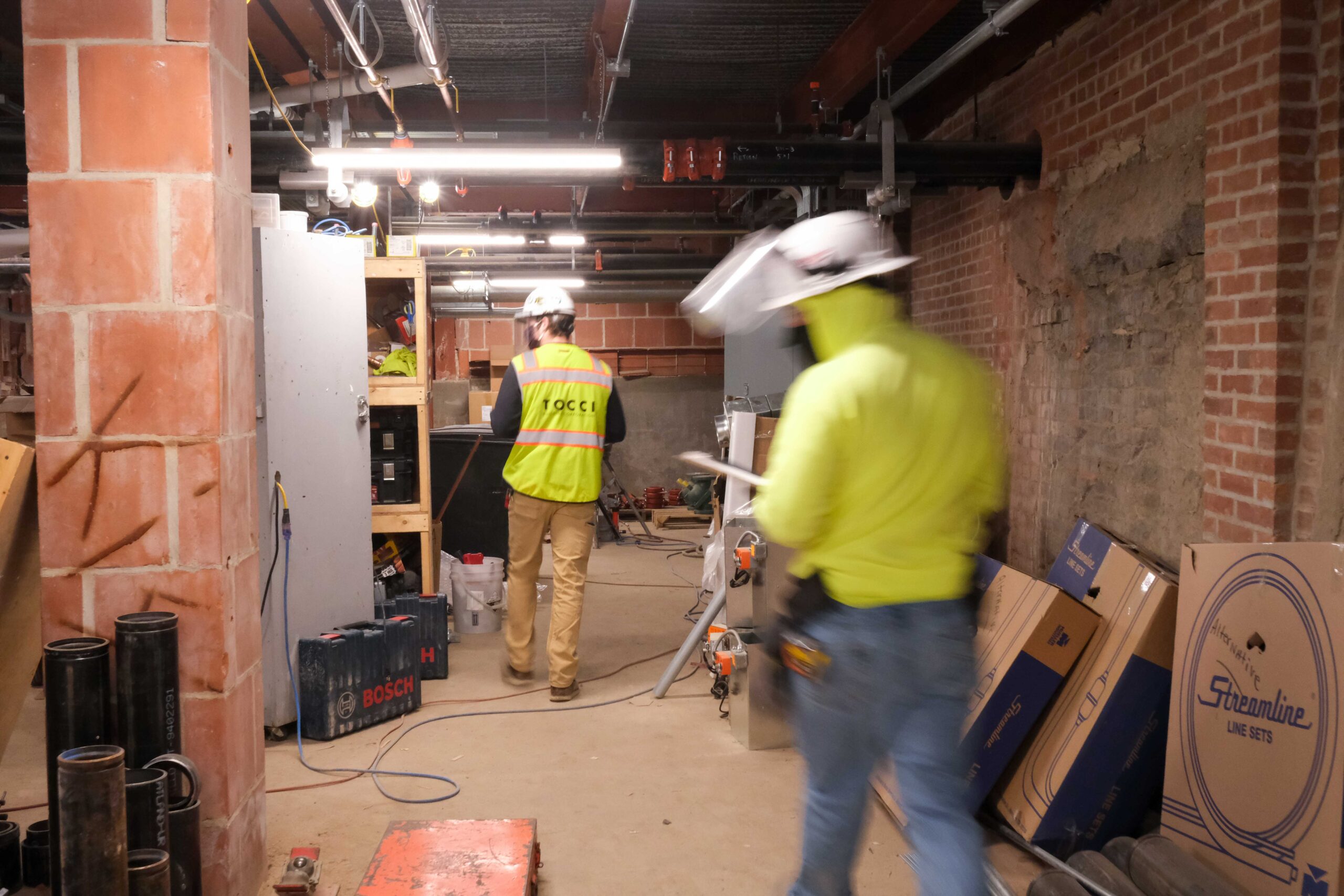Lessons in Lean Project Delivery
Share

Jennifer Heikkinen attended a seminar on Lean Design and Construction
Earlier this year, Jennifer Heikkinen, Senior PM, attended a 2-day seminar on Lean Design and Construction sponsored by the AGC and taught by Hal Macomber of Lean Project Consulting and Tom Richert of Tuscan River Consulting. Her thoughts:
As part of my MBA curriculum, I studied Lean Manufacturing and The Toyota Way; however, this seminar was my first introduction to Lean processes in Construction and Design. Through my experience at Tocci, I have been learning Integrated Project Delivery. I have been actively involved in a project using Highly Collaborative Project Delivery (HCPD), an approach that unties the design and construction team in a more collaborative way, but falls short by not providing the additional benefits of an IPD Contractual relationship.
Lean Design and Construction practices combined with IPD or HCPD are a powerful combination. A few Lean Thinking practices that were key takeaways for use in IPD and HCPD environments are as follows:
- Think “inside-out” design: First, determine what functions the building needs to serve, and what those functions are required before determining the mass.
- Work in small batches: Do not begin a task that is not ready to be finished. This lesson is of key importance in the HCPD and IPD models. Subcontractor modelers and coordinators are accustomed to working on a floor-by-floor basis while engineers are accustomed to working on a system-by-system basis. The design and construction teams must communicate early on and agree upon the most efficient size and organization of work batches.
- Think “inside-out” design: First, determine what functions the building needs to serve, and what those functions are required before determining the mass.
- Work in small batches: Do not begin a task that is not ready to be finished. This lesson is of key importance in the HCPD and IPD models. Subcontractor modelers and coordinators are accustomed to working on a floor-by-floor basis while engineers are accustomed to working on a system-by-system basis. The design and construction teams must communicate early on and agree upon the most efficient size and organization of work batches.
- Choosing by advantages (CBA): Project teams make sound decisions only when considering the importance of the advantages. CBA decision-making requires the team to identify the advantages, whether they be qualitative in nature such as ease of use, or quantitative in nature such as price. All of the advantages are then assigned numerical values in a formal decision-making tool. The formality of the tool increases transparency creates a historical record of decision reasoning, and limits long-term frustration.
- Process Improvement / Continuous Learning: Lean processes require the project team to document and measure all process improvements. The lean mindset is “do better today than yesterday”. Measuring process improvement ensures that you are walking the talk of that continuous learning mindset.
- Last Planner System ® (LPS): Define roles and be visible in roles. The LPS gives all team members a role, “make ready planners”, “last planners”, and “facilitative leaders”. Early in an HCPD or IPD project team members should discuss and agree on which individuals serve each role, and identify what their responsibilities are in that role. Team members must then remain visible in that role throughout the process. Team members should then hold each other accountable for their role through daily measurement of promises completed.
In addition to these key takeaways, it was great to see a diverse group of attendees at this training that included CMs, Engineering firms, and building facilities Managers. RDK Engineers of Andover had the largest group of attendees as they work to bring lean design to their firm by educating both their engineers and building solutions group in lean practices.